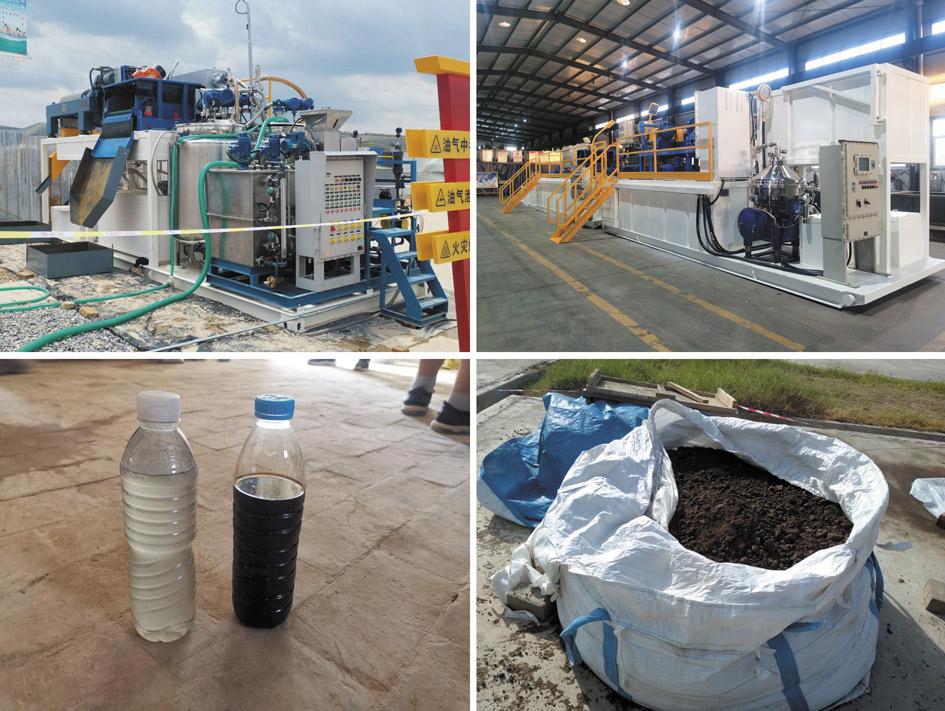
Water is a vital resource, and its purity is of utmost importance. However, in many industrial processes, water often gets contaminated with sludge, a semi-solid slurry that can be a byproduct of wastewater treatment or industrial waste. This article will guide you on how to separate sludge from water using sludge separation equipment, ensuring the water’s cleanliness and safety.
Sludge separation is a crucial process in many industries, including manufacturing, mining, and wastewater treatment. It involves removing the solid waste that has mixed with the water, ensuring that the water can be safely reused or disposed of. Sludge separation equipment plays a vital role in this process, providing an efficient and effective way to separate the sludge from the water.
The benefits of sludge separation are numerous. It helps to reduce the volume of waste, making it easier and more cost-effective to dispose of. It also helps to protect the environment by preventing the release of harmful substances into the water supply.
The process of sludge separation involves several steps. First, the sludge-laden water is fed into the sludge separation equipment. This equipment uses various methods to separate the sludge from the water, including filtration, sedimentation, and centrifugation.
Filtration involves passing the water through a filter that catches the solid particles. Sedimentation involves allowing the sludge to settle at the bottom of a mud mixing tank, after which the clean water is siphoned off. Centrifugation involves spinning the water at high speeds, causing the sludge to be thrown to the sides of the equipment, separating it from the water
Choosing the right equipment for separation of solid from liquid is crucial for effective sludge separation. The choice of equipment depends on several factors, including the type of sludge, the volume of sludge, and the desired level of water purity.
There are various types of sludge separation equipment available, including filter presses, centrifuges, and sedimentation tanks. Each type of equipment has its advantages and disadvantages, and the choice of equipment should be based on the specific needs of the operation.
In conclusion, sludge separation is a vital process in many industries, helping to ensure the cleanliness and safety of water. By understanding the importance of sludge separation, the process involved, and how to choose the right sludge separation equipment, businesses can effectively separate sludge from water, reducing waste, protecting the environment, and ensuring the safety of their water supply.